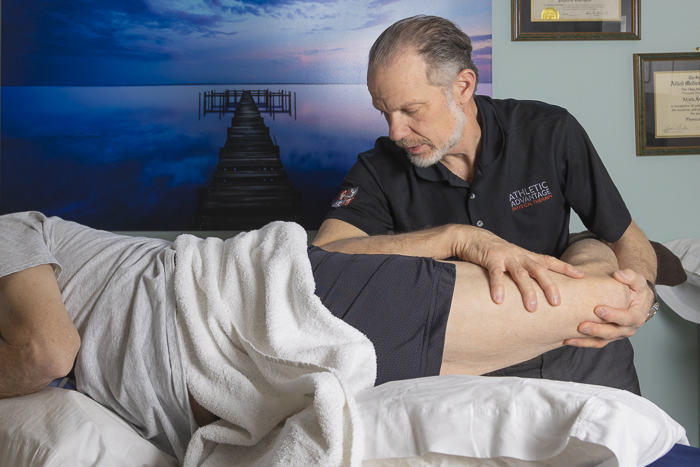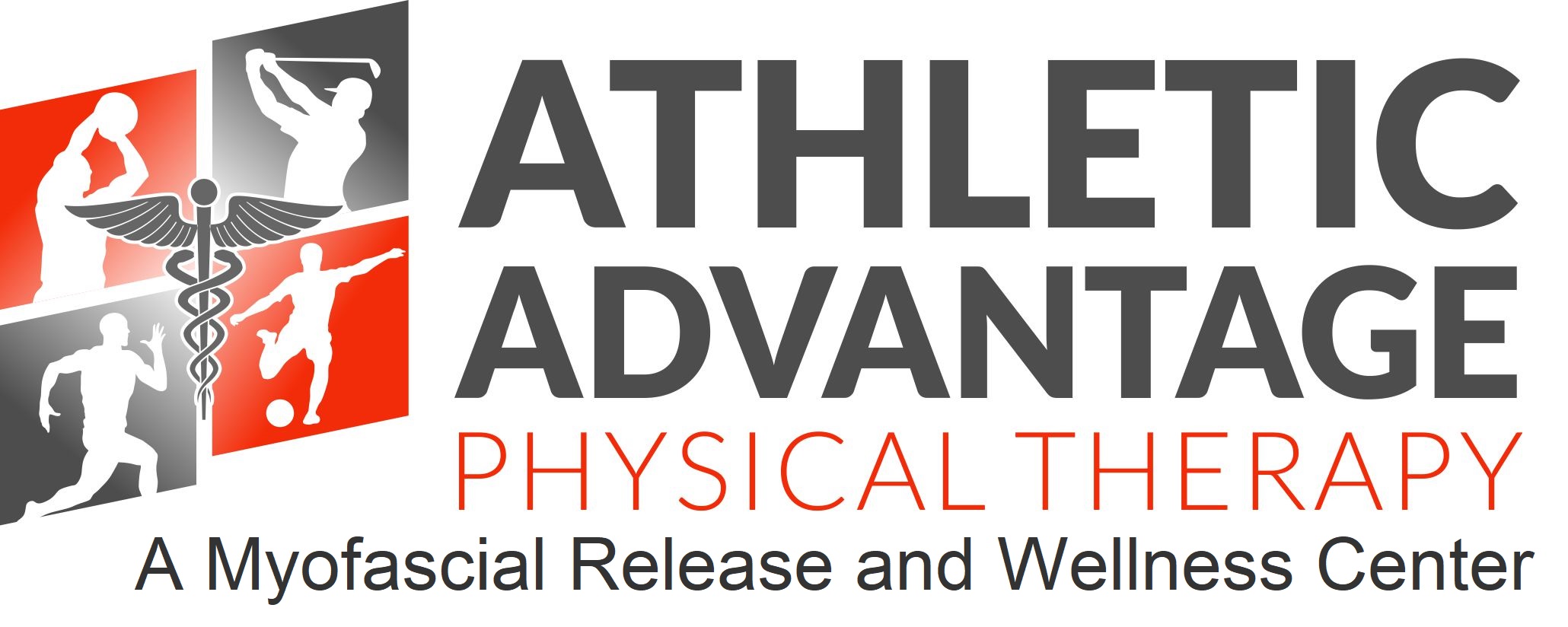Myofascial release in lewis center, oh

Experience You Can Trust
When visiting Athletic Advantage, you can always have full confidence that you are visiting one of the best Myofascial Release centers in Columbus. Mark Read and his entire staff have spent years practicing Myofascial Release therapy, and are certified in both of John F. Barne’s Myofascial Release courses. The first course of John F. Barnes’ Myofascial Release Approach is learning and understanding the principles of MFR. Myofascial Release II builds on the principles of MFR I. This advanced course introduces areas that target commonly restricted areas as related to posture, headaches, and the cervical spine. These certifications, along with the vast experience of our staff, mean that you are always receiving the best Myofascial Release therapy when you visit our practice.
Myofascial Release Therapy Techniques:
The pelvis and sacrum make up the core foundation of our bodies. Fascial tightness in the pelvis increases low back stress and pain. Asymmetries in the pelvis and sacrum are the cause of tightness in the hamstrings, hip flexors and deep hip rotators. This muscular tightness compromises our flexibility, makes stretching unproductive and impacts daily and athletic function that often result in chronic pain
The goal to understanding pain and tightness in the upper back and neck is realizing all the factors that influence posture. Tightness in the shoulders will contribute to tension across the upper back and stress in the neck. This combination leads to limited mobility, chronic pain and possible headaches.
Rebounding is the mechanical process of oscillating fluid or sloshing water through the tissue, limbs and trunk to re-hydrate these areas. Tight fascia will produce 2000 pounds per square inch of pressure on organs, nerves, joints, muscles and limits the flow of fluids. Think of clenching your fist and how blanching occurs in the tissue. Without adequate blood flow, tissue has low oxygen and poor fluid exchange. Over prolonged periods, tissue that lacks oxygen and blood flow may contribute to chronic pain and fibromyalgic symptoms.
Unwinding is a hands-on process to aid in releasing mental and/or subconscious holding patterns the mind-body employs following an accident or injury. In this mental state we may not have fully recovered because our subconscious has not processed the event to a positive resolution which interferes with our healing. Unwinding is re-connecting with the event allowing the nervous system to discharge negative energy in a safe and secure manner.
Additional Resources:
Myofascialrelease.com – a website where clients can find myofascial therapists in their region or home.
Have questions?
If you still have questions about Myofascial Release, one of our treatment techniques, or how Myofascial Release Therapy can help you get back to doing what you love, please feel free to reach out to us through our contact page. We understand that every patient is different, and we are willing to go the extra mile to prove why we’re one of the best Myofascial Release centers in Lewis Center, OH.

